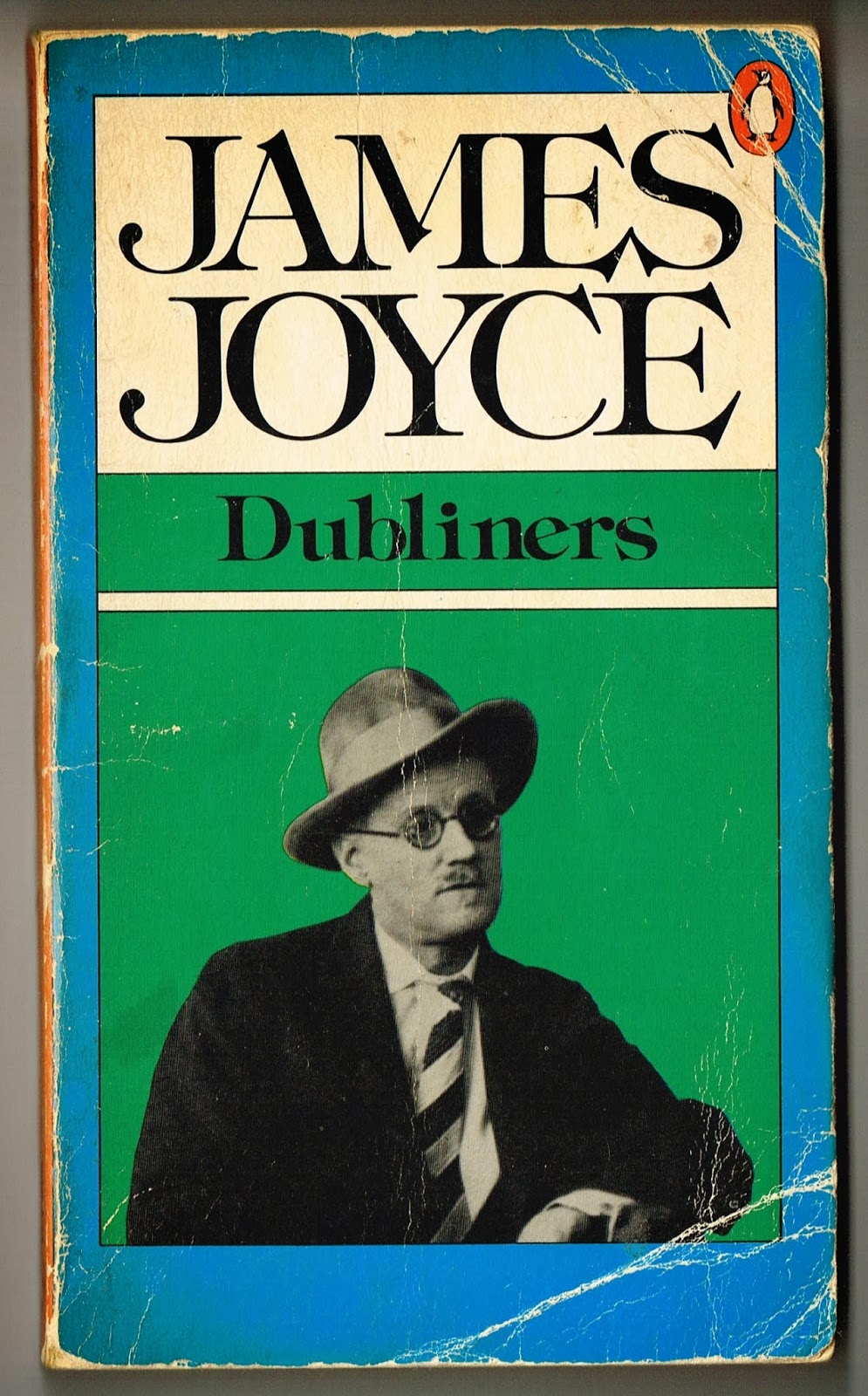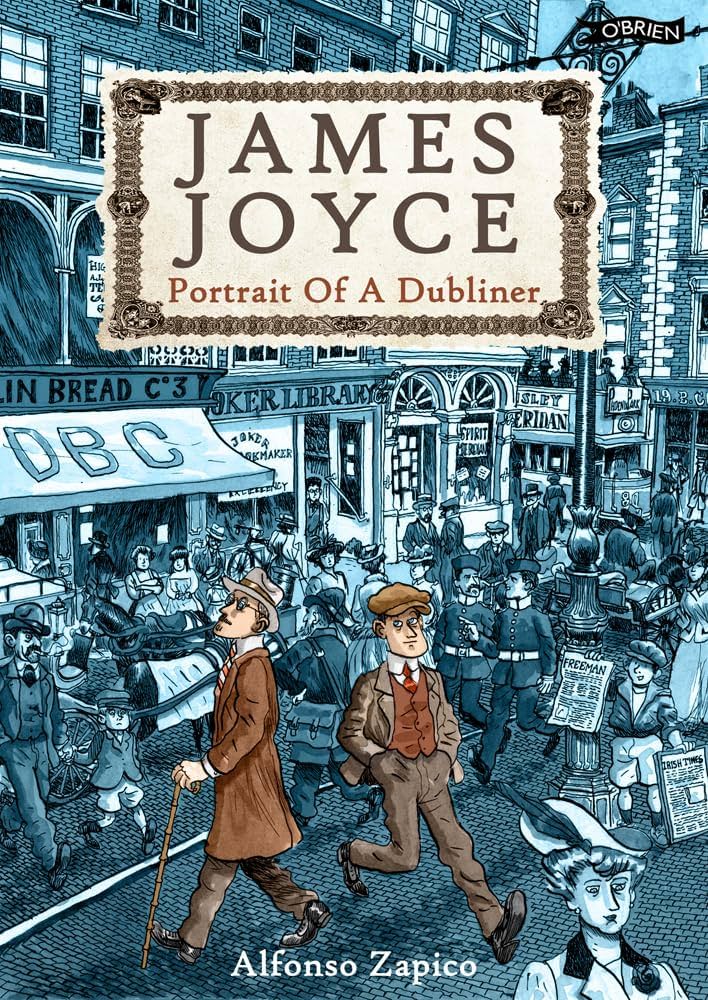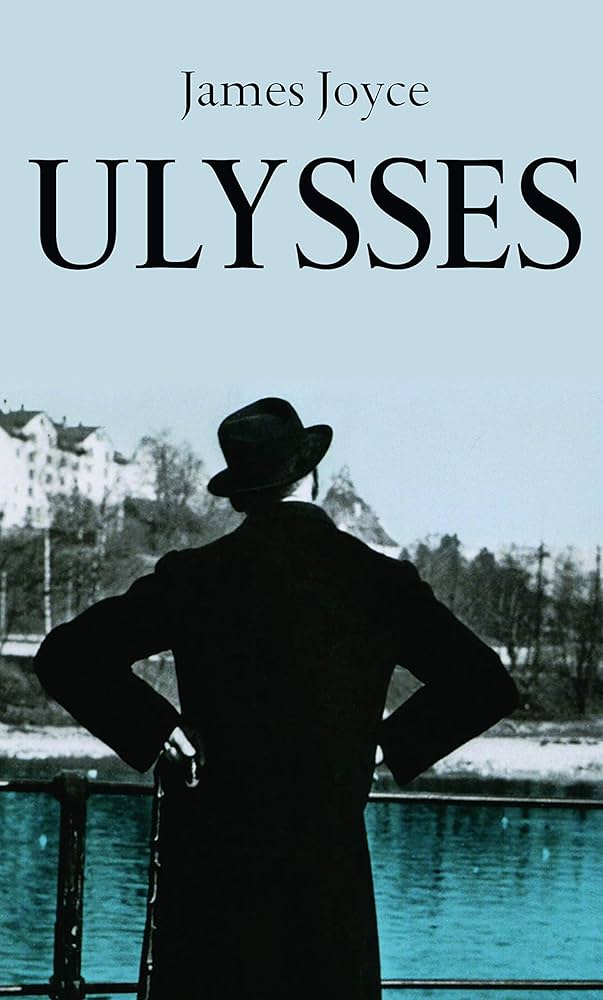James Joyce Books: A Comprehensive Exploration

James Joyce, a towering figure of modernist literature, left an indelible mark on the literary world with his innovative writing style and profound exploration of human experience. His works, characterized by their experimental techniques and intricate detail, continue to captivate and challenge readers worldwide. This exploration delves into the breadth and depth of James Joyce’s literary contributions, examining his major works, their cultural impact, and their enduring relevance.
The Canon of James Joyce: A Literary Landscape
James Joyce’s literary output is both vast and varied, encompassing novels, short stories, poetry, and drama. His works are not merely narratives; they are intricate tapestries woven from language, memory, and the very fabric of Dublin life.
Novels: A Journey Through Consciousness

Joyce’s novels represent the pinnacle of his literary achievement, pushing the boundaries of narrative structure and exploring the complexities of the human psyche.
-
Ulysses (1922): Arguably his most famous work, Ulysses is a monumental achievement in modernist literature. It follows the lives of Leopold Bloom, Stephen Dedalus, and Molly Bloom across a single day in Dublin, mirroring the structure of Homer’s Odyssey. Joyce’s masterful use of stream-of-consciousness, interior monologues, and a dazzling array of literary styles creates a richly layered and immersive reading experience. The novel’s exploration of themes such as memory, identity, and the search for meaning continues to resonate with readers today. Its famously complex language and structure have led to countless critical analyses and interpretations, solidifying its status as a cornerstone of 20th-century literature. The sheer density of allusions, both literary and historical, presents a significant challenge for even seasoned readers, yet the rewards for perseverance are immense. The book’s impact extended far beyond the literary realm, influencing everything from film to music.
-
A Portrait of the Artist as a Young Man (1916): This semi-autobiographical novel traces the intellectual and spiritual development of Stephen Dedalus, a young artist grappling with his Irish identity, his religious faith, and his artistic aspirations. The novel showcases Joyce’s evolving stylistic innovations, moving from a relatively straightforward narrative style in the early chapters to a more experimental and introspective approach in the later sections. A Portrait of the Artist is a coming-of-age story that explores universal themes of self-discovery and artistic expression, offering a fascinating glimpse into the formative years of a literary giant. Its impact lies in its nuanced portrayal of a young man’s journey to self-awareness and its exploration of themes of artistic freedom and social alienation.
-
Finnegans Wake (1939): Joyce’s final and most challenging novel, Finnegans Wake is a dreamlike and often incomprehensible work that plunges into the depths of language and consciousness. Written in a highly experimental style incorporating neologisms, puns, and allusions from various languages, the novel’s meaning remains elusive to many, sparking endless debate among scholars and enthusiasts. It is a powerful example of the limits and possibilities of language, questioning the very nature of reality and interpretation. While its complexity often obscures its core message, the novel’s playful engagement with language and its exploration of cyclical nature of time have created a cult-like following amongst those devoted to unraveling its secrets.
Short Stories: Snapshots of Dublin Life
Joyce’s short stories offer a more concise but equally powerful exploration of Dublin life and its inhabitants.
- Dubliners (1914): This collection of fifteen short stories paints a vivid and often bleak portrait of Dublin society at the turn of the 20th century. Each story captures a particular moment of epiphany, a sudden realization or insight that illuminates the characters’ lives and the limitations of their world. The stories’ realism, psychological depth, and masterful use of language established Joyce as a leading figure in the modernist movement. Their enduring power comes from their universal themes of paralysis, disillusionment, and the struggle for self-discovery. Often cited as the greatest collection of short stories in the English language, Dubliners provides an intimate portrait of a specific time and place, yet its themes continue to hold profound meaning across cultures and generations.
Poetry and Drama: Exploring Form and Expression
While perhaps less widely known than his novels and short stories, Joyce’s poetry and drama offer valuable insights into his artistic development and his exploration of different literary forms.
-
Chamber Music (1907): This collection of lyrical poems reflects Joyce’s early poetic sensibilities, displaying a mastery of language and a deep appreciation for traditional poetic forms. The themes of love, beauty, and the passage of time are interwoven throughout.
-
Exiles (1918): Joyce’s only play, Exiles, is a modernist drama that explores themes of love, betrayal, and the complexities of personal relationships. The play’s exploration of self-deception and the impact of the past on the present demonstrate Joyce’s keen psychological insight.
The Enduring Impact of James Joyce
James Joyce’s literary contributions extend far beyond his individual works. His innovative techniques, such as stream-of-consciousness, have profoundly influenced subsequent generations of writers. His unflinching portrayal of Dublin life and its inhabitants has shaped our understanding of Irish culture and identity.
Literary Influence: A Legacy of Innovation
Joyce’s impact on the literary landscape is undeniable. His pioneering use of stream-of-consciousness, a technique that renders the flow of a character’s thoughts and feelings without conventional narrative structure, has become a staple of modernist and postmodernist fiction. His experimentation with language, breaking from traditional grammatical structures and incorporating elements of Irish dialect and other languages, continues to inspire writers seeking new ways of expressing experience. He challenged conventional notions of narrative structure, creating works that defy easy categorization and interpretation, thus encouraging a more fluid and experimental approach to storytelling that became a hallmark of the modernist movement.

Adaptations and Interpretations: Bringing Joyce to Life
Joyce’s works have been adapted into numerous films, plays, and operas. These adaptations, while necessarily selective in their interpretation, demonstrate the enduring appeal and adaptability of his narratives. They offer diverse perspectives on Joyce’s work, highlighting the multifaceted nature of his creations and their ability to resonate with different audiences across time and media.
Awards and Recognition: Celebrating Joyce’s Genius
Joyce’s literary achievements have been widely celebrated through numerous awards and recognitions. His works have secured a place in the canon of world literature, cementing his status as one of the greatest writers of the 20th century. These honors reflect not only the critical acclaim his works have received but also their enduring impact on literature and culture.

Communities and Celebrations: A Global Appreciation
The enduring appeal of James Joyce is evident in the vibrant communities of readers and scholars who continue to explore and celebrate his work. Annual celebrations like Bloomsday, commemorating the events of June 16th, 1904, as depicted in Ulysses, demonstrate the global reach and enduring fascination surrounding Joyce’s literary contributions. These worldwide celebrations and ongoing scholarship highlight the deep engagement with Joyce’s complex and enduring body of work.
In conclusion, James Joyce’s books constitute a significant and enduring body of work that continues to challenge, inspire, and captivate readers. His innovative techniques and profound explorations of human experience have left an indelible mark on literature and culture, ensuring his place as a literary giant for generations to come. The continued study, adaptation, and celebration of his works serve as testament to his enduring genius and the timeless relevance of his themes.